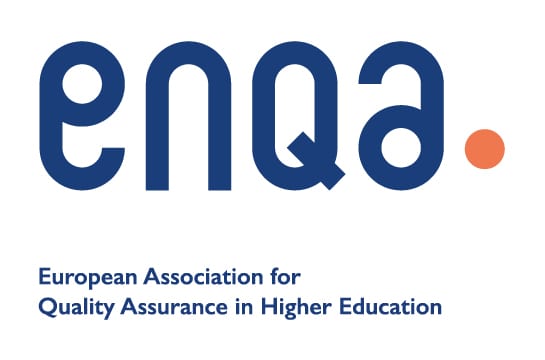Lockias Chitanana
Forum Replies Created
-
AuthorPosts
-
January 16, 2024 at 8:07 am #808
[Lockias Chitanana] Let me share what I seem to be getting from Ramon’s contribution here!
This discussion presents a nuanced perspective on teaching and learning, emphasizing the need for a critical examination of current approaches while being strategic and patient in the reform process. Here are some reflections on the key points raised:
1. Critique of the Biunivocal Relationship:
The argument against the “BIUNIVOCAL RELATIONSHIP” between teaching and learning challenges the idea that teaching is an absolute prerequisite for learning. The emphasis on individual effort and the desire to learn as the fundamental conditions for effective learning brings attention to the autonomy and agency of learners. This viewpoint underscores the importance of intrinsic motivation and self-directed learning, acknowledging that learning occurs through various avenues beyond formal teaching.2. Pragmatic Approach to Reform:
The discussion highlights the need for a pragmatic and strategic approach to educational reform. Acknowledging the complexity and entrenched interests in the current higher education system, the call for valuing incremental steps and building coalitions for change reflects a realistic understanding of the challenges involved in reform. This approach recognizes that change in education is a gradual process, requiring careful consideration and collaboration to navigate resistance and obstacles.3. Balancing Ideological Battle and Reform Process:
The suggestion to be radical in the ideological battle while exercising wisdom and patience in the reform process reflects a balanced approach. Advocating for a transformation in educational ideologies and principles is crucial for long-term change. Simultaneously, the recognition that reform may encounter resistance, and the importance of strategic planning and building consensus, emphasizes the pragmatic aspects of the change process.4. Steady Progress Forward:
The overarching message advocates for a steady and persistent movement towards reform. The idea of being radical in challenging existing ideologies and practices aligns with the need for transformative change, while the call for wisdom and patience underscores the importance of sustainability and careful navigation of obstacles in the reform journey.In conclusion, I note that the post by Ramon encourages a thoughtful and multifaceted approach to education reform, acknowledging the complexities involved. It combines a critical examination of the current state of teaching and learning with a pragmatic understanding of the challenges inherent in the reform process. This dual perspective provides a comprehensive framework for addressing issues in higher education and working towards positive and sustainable changes.
January 15, 2024 at 10:55 am #803[Lockias Chitanana] Thank you, colleagues, for your insightful posts.
I would like to acknowledge Ramon’s perspective that Teaching and Learning, or learning and teaching, does not necessarily follow a linear relationship. However, it might be too radical to completely disregard the connection between the two. Instead, I propose embracing transformative learning and teaching strategies, placing the student at the core of the learning experience.
Transformative teaching aims to create learning environments that facilitate transformative learning experiences. This involves implementing teaching methods that actively promote critical thinking, open dialogue, and reflective activities. In our roles as professors, we are tasked with establishing learning spaces wherein students feel secure challenging their own assumptions and participating in meaningful discussions with their peers. Crucial to this novel learning approach are elements such as disorienting dilemmas and critical reflection, which play a pivotal role in fostering transformative experiences for students.
Teaching, whether in formal or nonformal settings, ought to prioritize the learner. Discouraging the outdated concepts of the tabula rasa and the jug and mug approach, where the teacher is perceived as the sole repository of knowledge, is essential. Recognizing that learning transcends the boundaries of the classroom or laboratory, our focus should be on equipping learners with the ability to learn anytime and anywhere.
In this endeavour, technology, particularly the internet, proves invaluable in fostering communities of learning. The Internet assumes a crucial role in transformative teaching and learning by providing a rich tapestry of resources, promoting collaboration, and furnishing interactive platforms that enhance the educational experience.
I concur that learning is not solely dependent on a teacher’s presence. This acknowledgment stems from the understanding that individuals possess the capability to acquire knowledge and skills autonomously, without the direct guidance of a formal instructor. This aligns with the principles of self-directed learning, emphasizing that the learning process extends beyond traditional classroom confines.
However, it’s crucial to note that advocating for learning without a teacher doesn’t dismiss the value of teacher-facilitated learning. Rather, it underscores the evolving roles of educators and emphasizes the necessity to revamp the curriculum, along with the methods of assessment. This perspective prompts a reevaluation of the teacher’s role in fostering an environment where learners can thrive independently while also recognizing the importance of instructors in guiding and shaping educational experiences.
This is my two cents for now!
-
AuthorPosts






